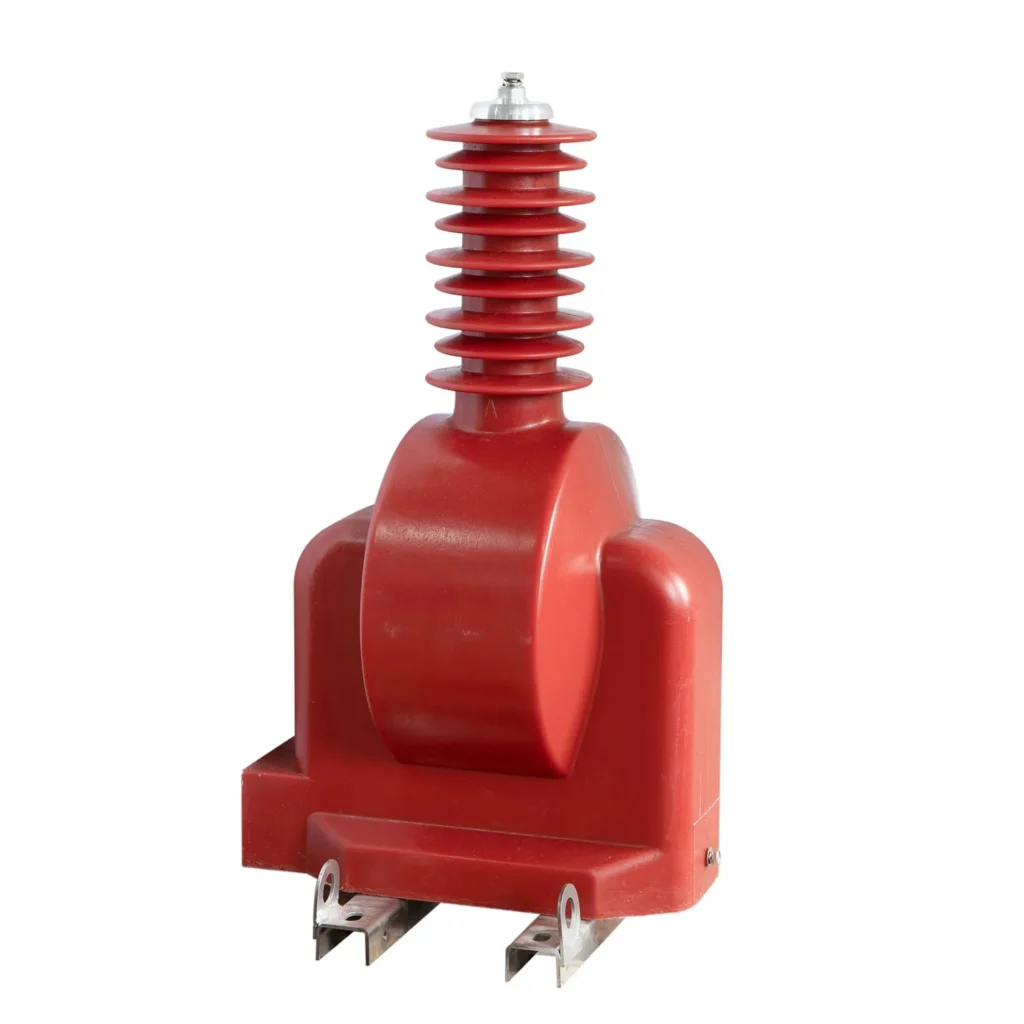
How to Reduce Neutral Current
Neutral current refers to the unbalanced current that flows through the neutral conductor of a three-phase electrical system. Excessive neutral current can cause overheating of conductors and equipment, voltage fluctuations, and even fire hazards. This article explores the causes of neutral current and provides practical methods for reducing it.

Causes of Neutral Current
In a balanced three-phase system, the currents in each phase cancel each other out, resulting in zero current flowing through the neutral conductor. However, various factors can lead to an imbalance in the phase currents, causing neutral current to flow:
- Unbalanced loads: When the loads on each phase are not equal, the currents in the phases do not cancel out completely, resulting in a residual current in the neutral conductor. Common causes of unbalanced loads include:
- Uneven distribution of single-phase loads across the three phases
- Faulty or malfunctioning equipment drawing unequal currents on different phases
- Improper wiring or connection of loads
- Harmonic distortion: Non-linear loads, such as electronic devices, variable frequency drives, and fluorescent lighting, draw non-sinusoidal currents that contain harmonic components. These harmonic currents, particularly triplen harmonics (3rd, 9th, 15th, etc.), add up in the neutral conductor, causing increased neutral current.
- Shared neutral conductors: In some installations, multiple circuits share a common neutral conductor. If the circuits have different load characteristics or are not balanced properly, the neutral current can increase significantly.
- Improper grounding: Inadequate or faulty grounding can lead to unbalanced voltages and currents, contributing to neutral current issues.
Methods for Reducing Neutral Current
To minimize neutral current and its associated risks, several strategies can be employed:
- Load balancing: Evenly distribute single-phase loads across the three phases to maintain a balanced system. Regularly monitor and adjust the load distribution to ensure that the currents in each phase are as close to equal as possible.
- Dedicated neutrals: Instead of sharing a common neutral conductor for multiple circuits, provide a dedicated neutral for each circuit. This prevents the accumulation of neutral currents from different circuits and reduces the risk of overloading the neutral conductor.
- Oversized neutral conductors: In systems with significant harmonic distortion, consider using oversized neutral conductors to accommodate the increased neutral current. The neutral conductor should be sized to handle at least 1.73 times the expected harmonic current.
- Harmonic mitigation: Implement measures to reduce harmonic distortion in the electrical system:
- Use harmonic filters to attenuate specific harmonic frequencies
- Install active or passive harmonic conditioners to mitigate harmonic currents
- Specify equipment with low harmonic emissions
- Employ phase-shifting transformers to cancel out harmonic currents
- Proper grounding: Ensure that the electrical system is properly grounded in accordance with relevant standards and regulations. Regularly inspect and maintain the grounding system to ensure its effectiveness in minimizing neutral current issues.
- Isolation transformers: In certain applications, isolation transformers can be used to isolate sensitive equipment from the main electrical system. These transformers provide a clean, balanced power supply and prevent the propagation of neutral currents between the primary and secondary sides.
- Regular maintenance: Conduct regular maintenance of the electrical system to identify and rectify any issues that may contribute to neutral current problems:
- Check for loose or corroded connections
- Test for insulation degradation in conductors
- Verify the proper operation of protective devices
- Monitor the system for signs of overheating or unusual voltage fluctuations
- Load shedding: In critical situations where neutral current remains high despite other measures, consider implementing a load shedding scheme. This involves automatically disconnecting non-essential loads when the neutral current exceeds a predetermined threshold to prevent damage to equipment and ensure system stability.
- Power factor correction: Poor power factor can contribute to unbalanced currents and increased neutral current. Implement power factor correction techniques, such as installing capacitor banks or using active power factor correction devices, to maintain a high power factor and reduce neutral current.
Monitoring and Analysis
To effectively manage neutral current, it is crucial to continuously monitor and analyze the electrical system:
- Current monitoring: Install current transformers (CTs) on each phase and the neutral conductor to measure the respective currents. Use a power quality analyzer or a dedicated neutral current monitoring device to track and record the current levels over time.
- Voltage monitoring: Monitor the voltages between each phase and neutral, as well as between phases, to detect any imbalances or anomalies that may indicate neutral current issues.
- Harmonic analysis: Perform harmonic analysis using a power quality analyzer to identify the presence and magnitude of harmonic currents in the system. This information can help in selecting appropriate mitigation techniques and verifying their effectiveness.
- Trend analysis: Regularly review the recorded data to identify trends and patterns in neutral current levels. This can help in proactively addressing potential issues before they escalate and cause damage or disruptions.
- Alarms and notifications: Set up alarms and notifications based on predefined neutral current thresholds. This allows for quick response and intervention when neutral current levels exceed acceptable limits.







